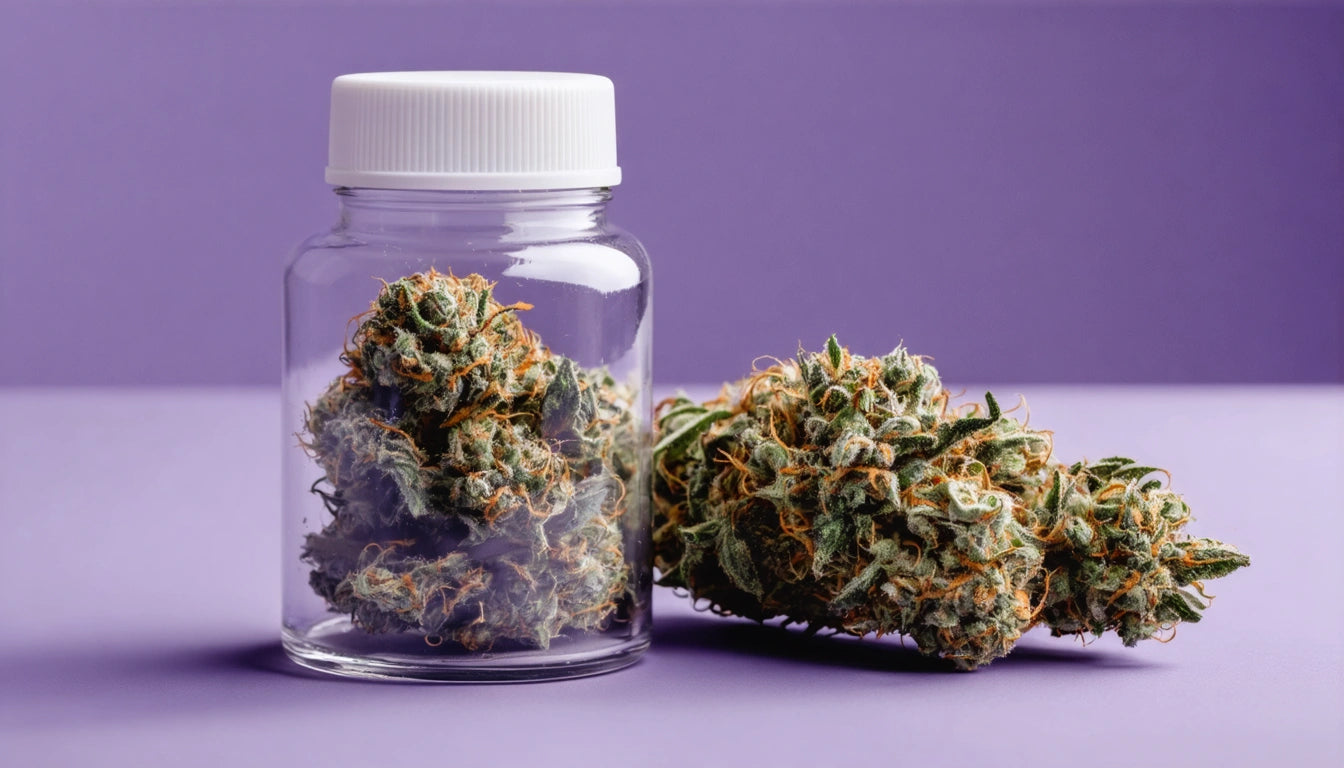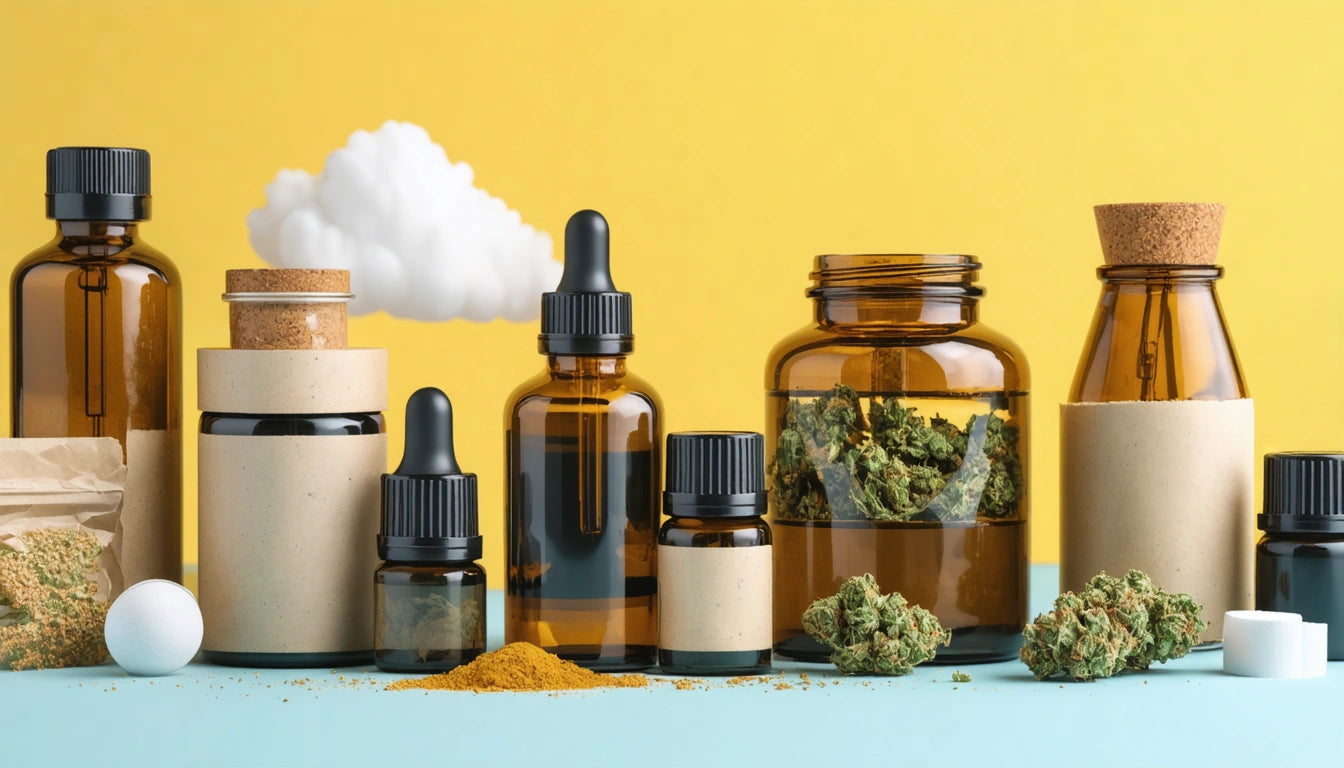Table of Contents
Selecting the right packaging for your cannabis products isn't just about compliance or aesthetics. Different strain types have unique characteristics that require specific packaging considerations to maintain quality, preserve effects, and communicate value to consumers. This guide explores how to tailor your packaging approach based on whether you're working with sativas, indicas, or hybrids.
Strain-Specific Packaging Considerations
Cannabis strains vary in terpene profiles, moisture content, and susceptibility to degradation. These differences directly impact packaging requirements. According to research on terpene preservation, packaging choices can significantly affect how well a strain maintains its characteristic effects and aromas.
Key factors to consider include:
- Terpene volatility and preservation needs
- Light sensitivity variations between strains
- Moisture content differences
- Density variations that affect packaging volume
- Intended use case and consumer expectations
Packaging for Sativa Strains
Characteristics That Influence Packaging
Sativa strains typically feature:
- Higher limonene and terpinolene content
- Lower density buds that require more volume
- Greater susceptibility to crushing
- Marketing emphasis on energizing, creative effects
Recommended Packaging Solutions
For sativas, consider rigid containers that prevent compression damage. Glass jars with UV protection are excellent for preserving the citrus-forward terpenes common in sativas. For larger quantities, high-quality mylar storage bags with proper sealing mechanisms can accommodate the typically larger, less dense sativa buds while maintaining freshness.
Packaging color considerations are also important: amber or opaque containers help protect against light degradation that can diminish sativa's energetic properties.
Packaging for Indica Strains
Characteristics That Influence Packaging
Indica strains commonly feature:
- Higher myrcene and linalool content
- Denser, more compact flowers
- Greater resin production
- Marketing focus on relaxation and sleep benefits
Recommended Packaging Solutions
For indicas, moisture retention becomes particularly important to preserve the sedative terpenes. Humidity control packs are essential additions to indica packaging. Since these strains are often consumed in evening settings, consider packaging that's easy to open and close repeatedly without light exposure.
The denser nature of indica buds means they can withstand slightly more flexible packaging options, though protection against crushing remains important for preserving trichomes.
Packaging for Hybrid Strains
Characteristics That Influence Packaging
Hybrid strains present unique challenges:
- Varied terpene profiles requiring balanced protection
- Diverse density and moisture levels
- Marketing that often emphasizes balanced effects
- Greater need for educational elements on packaging
Recommended Packaging Solutions
For hybrids, versatility is key. Comparing glass jars versus mylar bags shows that either can work well depending on the specific hybrid's characteristics. The critical factor is ensuring proper sealing mechanisms and appropriate volume for the specific hybrid's density.
Consider packaging that allows for more detailed effect descriptions, as hybrids often have nuanced profiles that consumers value understanding before purchase.
Material Selection Based on Strain Properties
Beyond the broad categories, specific material properties should align with strain characteristics:
- High-terpene strains (regardless of type): Require materials with excellent oxygen barrier properties
- High-THC varieties: Need superior light protection to prevent cannabinoid degradation
- Moisture-sensitive strains: Benefit from packaging with controlled permeability
According to research comparing rigid versus flexible packaging, premium strains generally benefit from rigid options that provide better protection against environmental factors, while standard strains may perform adequately in high-quality flexible solutions.
Strain-Specific Branding Strategies
Effective packaging communicates strain benefits visually:
- Sativas: Bright colors, energetic imagery, daytime usage cues
- Indicas: Deep purples/blues, relaxing imagery, nighttime usage indicators
- Hybrids: Balanced color schemes, versatile usage messaging
Studies on cannabis branding show that consumers increasingly make purchasing decisions based on packaging that clearly communicates strain effects through visual design elements.
Consider incorporating strain-specific terpene profiles on packaging to educate consumers. This approach has proven particularly effective for hybrid strains where effects may be less immediately obvious from traditional indica/sativa categorization.
Future Innovations in Strain-Specific Packaging
The cannabis packaging industry is evolving toward more strain-optimized solutions. Emerging technologies include:
- Terpene-responsive packaging that adjusts permeability based on content
- Smart packaging with QR codes linking to strain-specific storage recommendations
- Sustainable materials engineered for specific strain preservation needs
As sustainable packaging options continue to develop, we're seeing innovations specifically designed to address the preservation needs of different strain categories while reducing environmental impact.
The future of strain-specific packaging lies in solutions that can adapt to the unique properties of each cannabis variety while meeting regulatory requirements and consumer expectations for both quality and sustainability.











Leave a comment
All comments are moderated before being published.
This site is protected by hCaptcha and the hCaptcha Privacy Policy and Terms of Service apply.